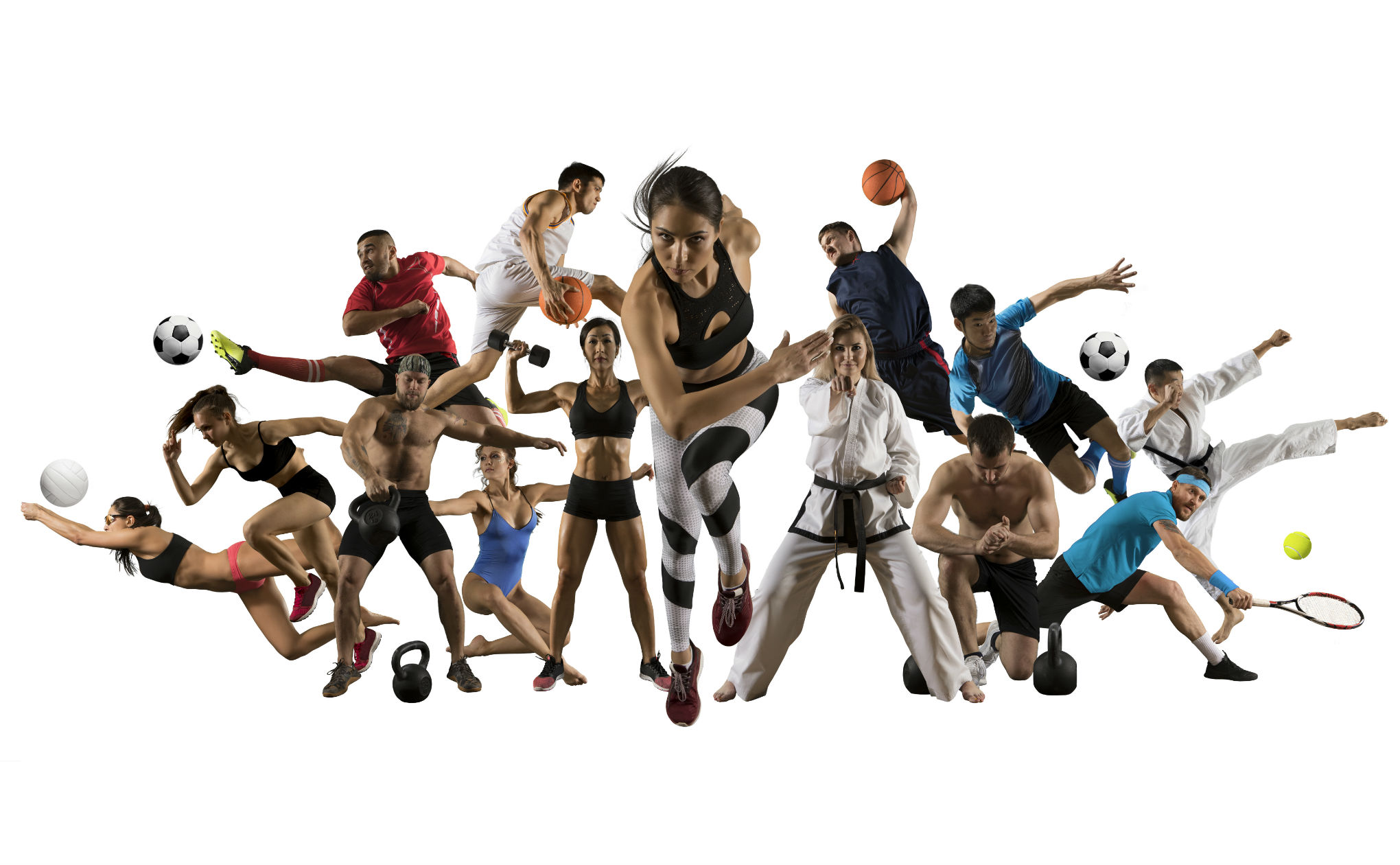Will wearing a pump work with or against me in sports?
Gavin Griffiths is the founder of DiAthlete. This UK registered charity is helping to break down type 1 diabetes education to be more relatable & empowering for people living with this condition. Their message is Educate, Encourage, Empower. To find out more about Gavin, DiAthlete and the League of DiAthletes you can visit their Website and follow them on Facebook, Twitter or Instagram.
What are the best options out there when it comes to wearing a pump with sports and exercise.
Will it be at risk of being torn off or damaged in contact sports? Will it be a help or hindrance for my performance? Just a few ‘back of the mind’ thoughts regarding sporting activity on a pump.
With type 1 diabetes there can seemingly be a matrix of outcomes with blood glucose levels, which alters with every differing type of movement and physical endurance that each performance brings. When it comes to insulin pump therapy and exercise, there is the juxtaposition of on one hand having the complexity to deal with on what adjustments to exactly make; and on the other hand, the core advantage in holding a strategic flexibility to gain more stable results before, during and after activity – with the ability to tweak or temporarily suspend insulin doses / basal rates, or disconnect the pump for a period of time.
The first area of consideration should be: which area of the body do you have your infusion site located?
If insulin delivery is occurring in the upper leg, where powerful muscles are based and active when it comes to running movements, the insulin will be more responsive and likely to lower blood glucose levels more rapidly when using those muscles. This is something not only to think about during activity, but also before and after.
In those more ‘anaerobic’ activities of sharper and shorter bursts, where you might even see an increase in blood glucose levels during exercise – for example let’s say you’ve been pumping iron in the gym with a heavy workout and the arm muscles have been the most active – if you reconnect your pump post activity to your upper arm area, that might bring about the hurdle of blood glucose levels crashing a little faster towards a hypo in the time that follows. The back or the tummy areas might be your more secure infusion site post activity.
In sports it can depend on the type of activity met with your working performance as to what the most likely blood glucose outcome will be.
With the more aerobic exercises, which are consistent for a longer duration / maintained pace, we are likely to see a drop in levels during activity; whereas in the more anaerobic exercises, we might see the opposite with a spike in levels during activity, and, depending on the type of activity, it can be common to see a drop in levels afterwards. If you’re fortunate enough to be on a Pump and CGM system, you are going to get the best insight of this taking place by seeing the timings of changes and patterns of levels, in the response of your body. Regardless, by keeping a close check of your levels and building the confidence up to get yourself out there more frequently, you develop the experience to recognise how your body responds – any hypos or hypers that might occur along the way (or even a noticed change towards a lower or higher level) let’s see them as the best guideline: note them down, what time during or how long after exercise, what carbs were taken, what basal rate insulin, what location of the infusion set… these details can allow you to become the captain of your condition.
A major concern for many when it comes to contact sports, such as rugby or football, is that the type of exercise met with intense adrenaline factors tend to see blood glucose levels on game days spike fairly higher during activity, and yet, to be wearing a pump means risk of the infusion set being torn off or damaged. Most infusion sets can disconnect, allowing for you to ‘unbelt’ the tubing and pump itself. Once you’ve disconnected (for any reason and not only associated to sports) it is important to note that closely monitoring your blood glucose levels becomes even more essential, with the insulin that had been delivered into your system being ‘short acting.’ That doesn’t mean you cannot disconnect during these types of contact sports, in fact, it is more recommended to do so. The best method around it is to consider what your blood glucose levels are before the game, and during break periods (if there is a brief break in play for any reason and at half time) and take-action from there. If levels are maintaining themselves steady in range, you might opt to carry on while disconnected and assess again checking levels at the next opportunity. Or, if noticing the levels are increasing, as they often can in these types of sports, you can consider a bolus delivery before the game or at half time. Reconnecting your pump is recommended during that half time 10-15 minutes break.
It is stated that the maximum time to disconnect your pump is to be for no more than 2 hours.
The above also brings a final key point here: do not forget to reconnect after your game! Easy to do!! Be mindful post activity that in the hours to follow levels are likely to gradually lower and so a good option can be to apply a reduced basal rate for your background insulin with hours post activity. In a closed loop / hybrid pump device, the advantage further exists to not have to think so much about many of these adjustments where the pump can automatically recognise and act upon these changes, however, maintaining a cautious eye on your levels on exercise days and learning from the outcomes is always the best method towards a secure and confident relationship with your diabetes.






